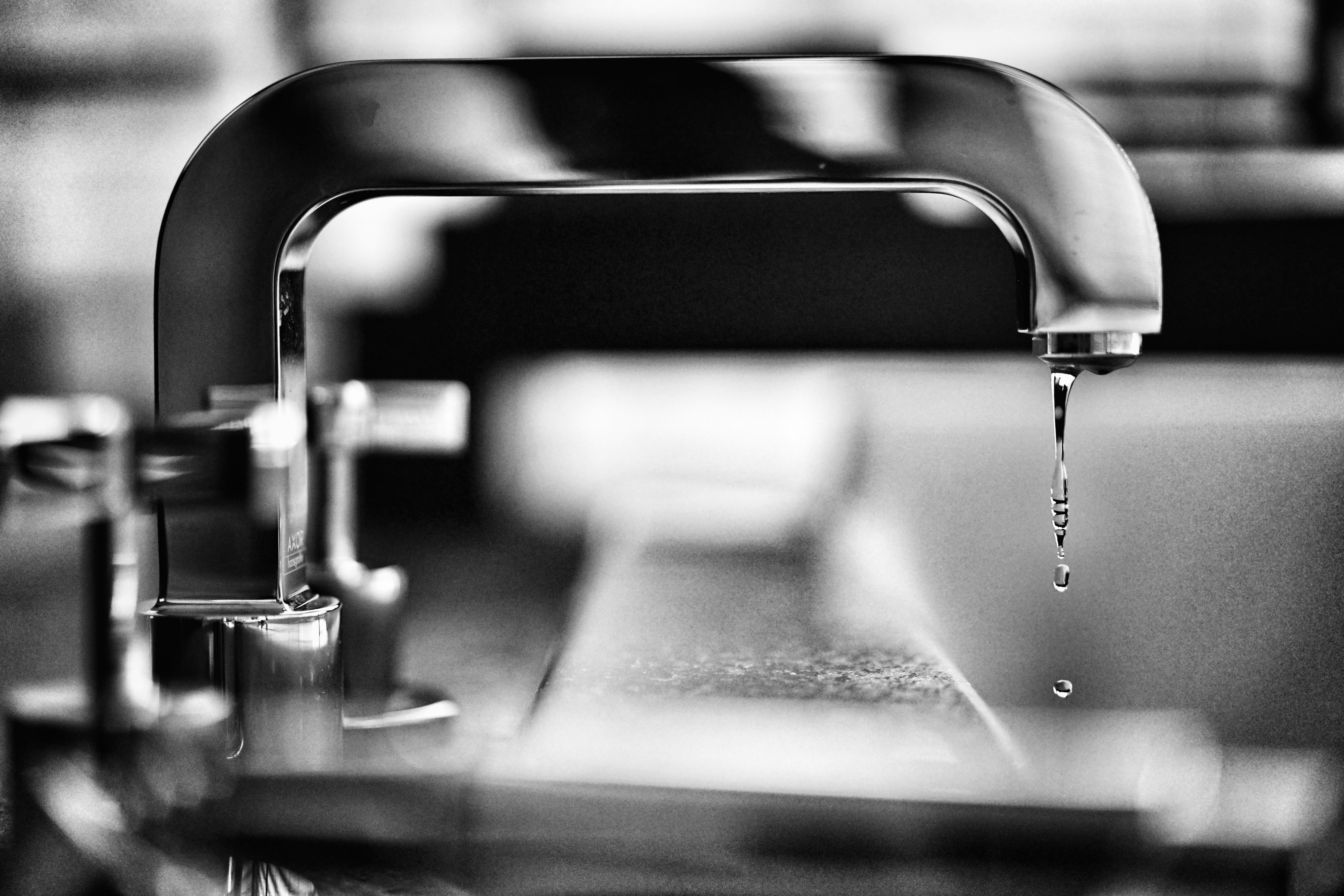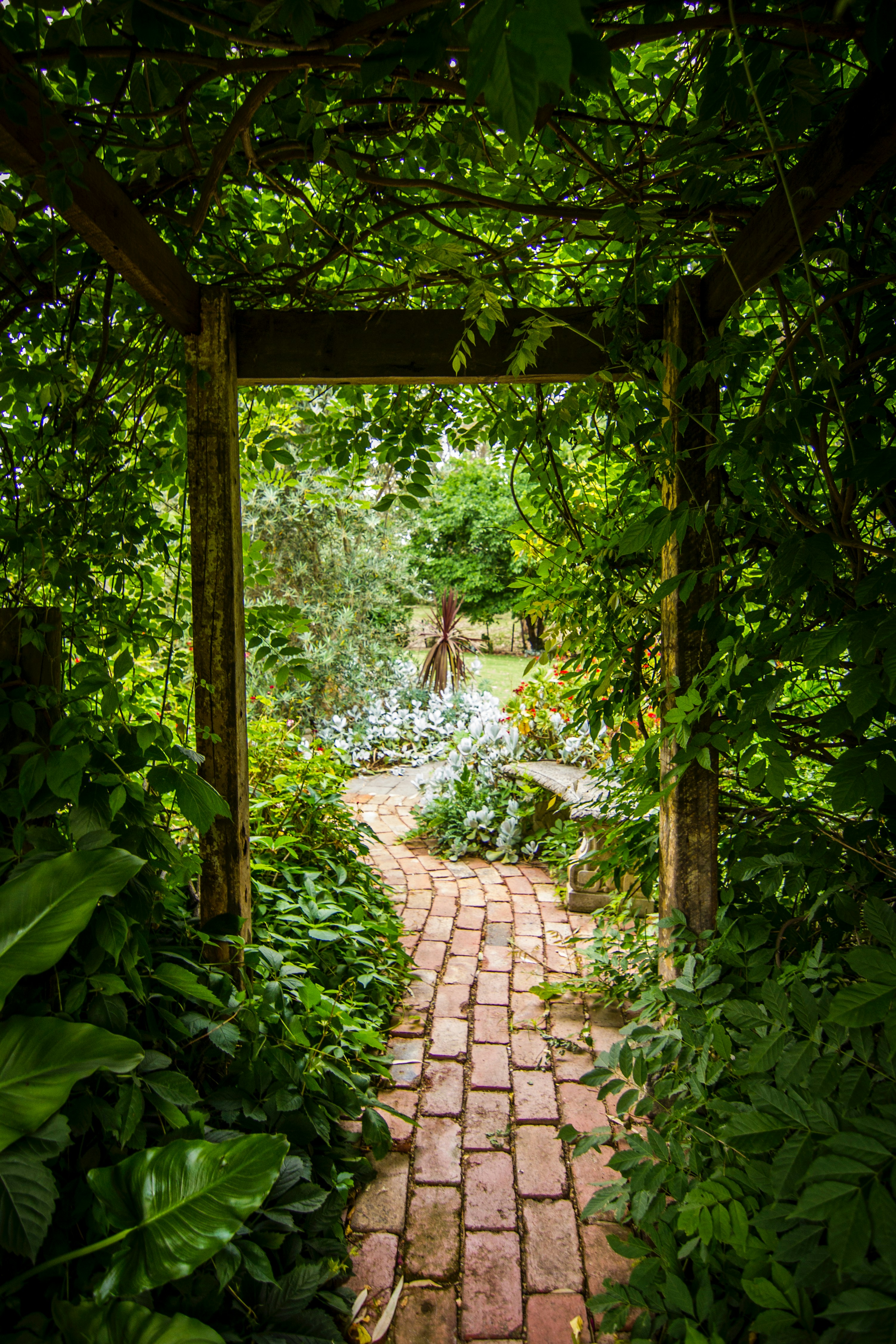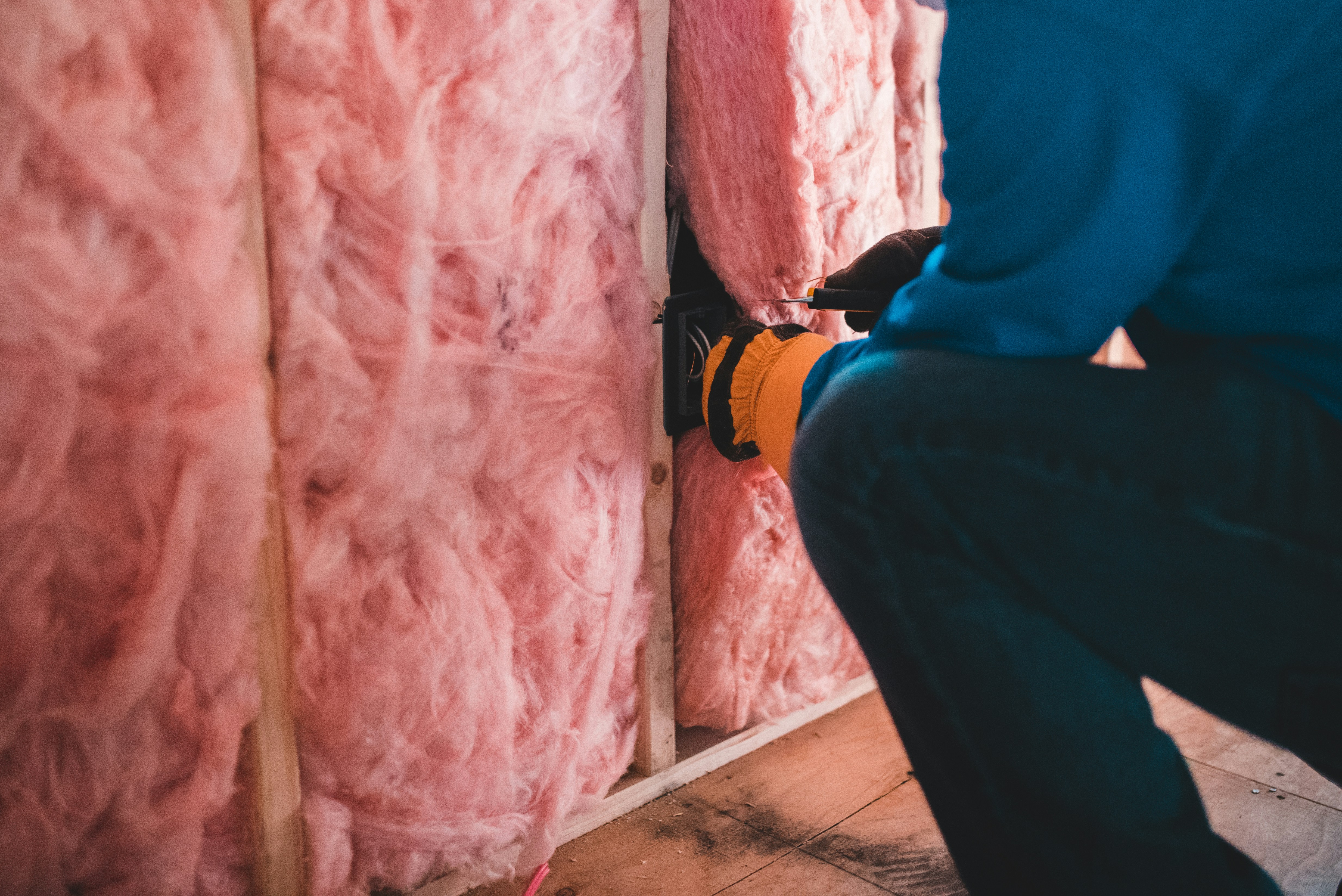Owning a home is a significant investment, and maintaining it properly is crucial to preserving its value and ensuring a safe and comfortable living environment. Unfortunately, many homeowners make common mistakes that can lead to costly repairs and decreased property value. Here are five common mistakes homeowners make while living in their homes, and how to avoid them.
1. Neglecting Regular Maintenance
Regular maintenance is essential to keep a home in good condition. However, many homeowners neglect routine tasks, leading to larger problems down the line.
Common Oversights:
- Failing to change HVAC filters regularly, reducing system efficiency and air quality.
- Ignoring small plumbing leaks, which can lead to significant water damage and mold growth.
- Skipping annual service for heating and cooling systems, resulting in unexpected breakdowns.
Solution: Create a maintenance schedule and stick to it. Regularly inspect and service your HVAC system, check for leaks, and perform seasonal maintenance tasks.
2. Overlooking Exterior Inspections
The exterior of your home is the first line of defense against the elements. Overlooking exterior inspections can lead to severe structural issues.
Key Areas to Inspect:
- Siding: Check for cracks, warping, or signs of water damage.
- Gutters: Ensure gutters are clean and free of debris to prevent water damage and foundation issues.
- Roof: Look for missing or damaged shingles and inspect for signs of leaks.
- Foundation: Watch for cracks or shifts that could indicate foundational problems.
Solution: Conduct regular inspections of your home’s exterior. Address minor issues promptly to prevent them from becoming major repairs.
3. Ignoring Landscaping and Drainage
Poor landscaping and inadequate drainage can lead to water damage and foundation problems.
Common Mistakes:
- Planting trees and shrubs too close to the house, which can cause root damage to the foundation.
- Neglecting to grade the landscape away from the home, leading to water pooling around the foundation.
- Failing to maintain proper drainage systems, causing water to seep into basements or crawl spaces.
Solution: Ensure proper grading and maintain drainage systems. Plant trees and shrubs at a safe distance from the house and regularly inspect for drainage issues.
4. Failing to Address Pest Infestations
Pest infestations can cause significant damage to your home and pose health risks to your family.
Common Pests:
- Rodents: Chew through electrical wires and insulation, posing fire hazards.
- Birds in Attics: Birds can nest in attic spaces, causing damage to insulation and creating noise disturbances.
- Ants and other insects: Can contaminate food and spread disease.
Solution: Be vigilant for signs of pests, such as droppings, chewed wires, or nesting materials. Address infestations promptly by consulting a pest control professional and implementing preventive measures, such as sealing entry points and maintaining cleanliness.
5. Skimping on Insulation and Ventilation
Proper insulation and ventilation are critical for maintaining energy efficiency and indoor air quality.
Common Issues:
- Insufficient insulation in attics, walls, and basements, leading to higher energy bills and uncomfortable living conditions.
- Poor ventilation in bathrooms and kitchens, causing moisture buildup and mold growth.
- Ignoring the need for attic ventilation, which can lead to heat buildup and roof damage.
Solution: Invest in adequate insulation for your home and ensure proper ventilation in key areas. Regularly check for signs of moisture and improve ventilation as needed.
Maintaining a home requires diligence and regular attention to detail. By avoiding these common mistakes—neglecting maintenance, overlooking exterior inspections, ignoring landscaping and drainage, failing to address pest infestations, and skimping on insulation and ventilation—you can protect your investment and ensure a safe, comfortable living environment. Regularly scheduled maintenance and prompt attention to issues can save you time, money, and stress in the long run.
More Like This
Adding a Tiny Home, DADU, or ADU to your Property in Washington State


